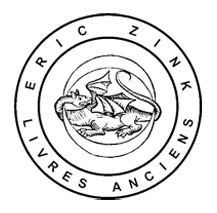

Our latest listed items
25000 €
3500 €
3500 €
1300 €
9000 €
1400 €
2000 €
1500 €
3500 €
800 €
9000 €
5500 €
3000 €
1400 €
2500 €
18000 €
800 €
1300 €
750 €
1000 €
2500 €
8000 €
1200 €
10000 €
1200 €
1300 €
2500 €
1250 €
7000 €
1500 €
European VAT number: FR87515091171
© Eric Zink, Antiquarian Bookseller









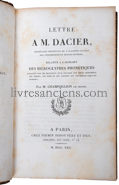
![Photo [ARNAULD, Antoine] || [PASCAL, Blaise].](https://images.livresanciens.com/livres/203324/images/P12.jpg
)


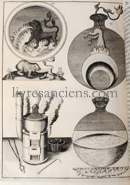
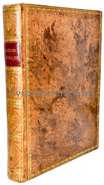










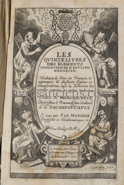

![Photo FIENUS, Thomas [FEYENS].](https://images.livresanciens.com/livres/203669/images/P3.jpg
)
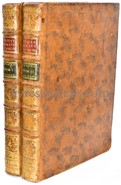

![Photo [GAUTIER-D'AGOTY, Jacques Fabien].](https://images.livresanciens.com/livres/204235/images/P1.jpg
)
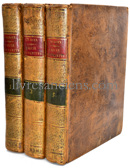


![Photo [MANUSCRIT].](https://images.livresanciens.com/livres/203704/images/P7.jpg
)
![Photo [ASTRUC, Jean].](https://images.livresanciens.com/livres/203201/images/P5.jpg
)
![Photo [BONEFOUS].](https://images.livresanciens.com/livres/203810/images/P10.jpg
)
![Photo [MANUSCRIT] MAHOT, Maurice.](https://images.livresanciens.com/livres/203878/images/P1.jpg
)
